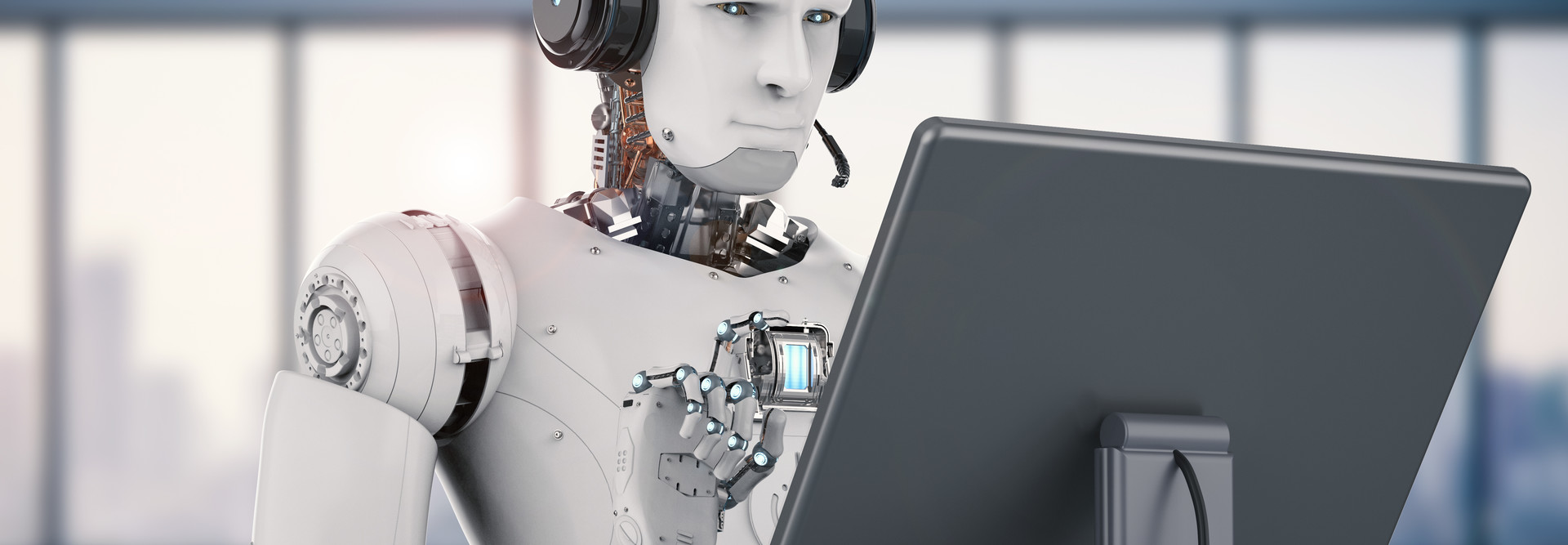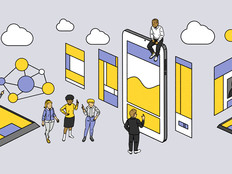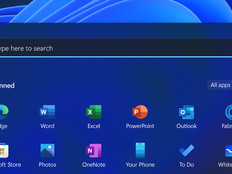AI Makes Room for Innovation by Automating IT Tasks
While much of the interest around artificial intelligence lies in how it might change pedagogy, AI also holds promise for IT staff, who have increasing opportunities to leverage AI to revamp their workflow. Using AI to automate tedious, repetitive tasks — such as facilitating a rollout of new iPads — is a major time-saver, which ultimately could liberate teams to focus on big-picture projects and innovative initiatives.
SIGN UP: Get more news from the EdTech newsletter in your inbox every two weeks!
Smart Software Could Be IT's Most Valuable Assistant
For example, AI offers big potential to improve data analytics. Anthony Salcito, Microsoft’s vice president for worldwide education, tells EdTech that universities will soon be able to augment data systems with AI, leading to better trend insights and projections.
TechRepublic notes that AI and machine learning can facilitate data management, which is no small concern as the volume of data that institutions collect continues to grow. By automating the process of classifying data, AI systems make it easier to identify patterns. Insights that reveal data elements that aren’t useful, for instance, would ensure that institutions dedicate valuable storage space only to data they actually need.
After IT staff have developed rules governing the storage of certain data types, AI can automatically store data where it needs to go. It’s up to IT staff to develop programs for the AI system to follow, but the resulting efficiencies can go a long way to reduce the burdens of data management.
AI and machine learning tools can also help IT fulfill common support requests, like those that IT help desks answer routinely.
TEKsystems built a chatbot to assist an IT team with low-level support calls. Customers got their problems resolved quickly, and the program was able to determine when someone needed help from a human. Universities are already using chatbots to handle tasks related to admissions and course scheduling, making this a rich area of potential for several campus applications. For colleges with small IT teams, delegating this sort of work to AI helpers could make a noticeable impact on day-to-day productivity.
AI Facilitates New Focus Areas for Higher Ed IT Teams
Much of the value that AI will bring to organizations, according to experts’ predictions, is not only based on the work that AI can take over, but even more so on the work it will allow IT staff to engage in. Rather than allocating personnel to rote, time-consuming tasks, the hope is that teams will be able to invest time and energy on the high-level strategic planning that institutions increasingly expect from their IT departments, or to focus more closely on issues such as cybersecurity education.
Though AI is smart, experts believe it’s nowhere near as smart as humans. Computers still can’t compete when it comes to creativity, critical thinking and leadership. In fact, although we often hear worrisome predictions about AI’s impact on the workforce, Andrew Anagnost sees a silver lining in automation: new professional opportunities and new pathways to rewarding work by people who no longer have to spend the bulk of their time on low-level tasks.
For comparison, Anagnost points to the emergence of ATMs. Some predicted that the new technology spelled the end of bank tellers, he says, but the efficiencies that ATMs created helped banks to expand and to move tellers into more complex, financially rewarding positions.
Could the same happen in higher education? With AI performing tasks that now keep staff busy in IT and administrative departments, staff could be free to explore the more inventive sides of pedagogy, management and educational technology, or to solve some of the persistent challenges in service of a stronger educational mission. If you think this is an exciting time to be in higher education, just wait 20 years.
This article is part of EdTech: Focus on Higher Education’s UniversITy blog series.










